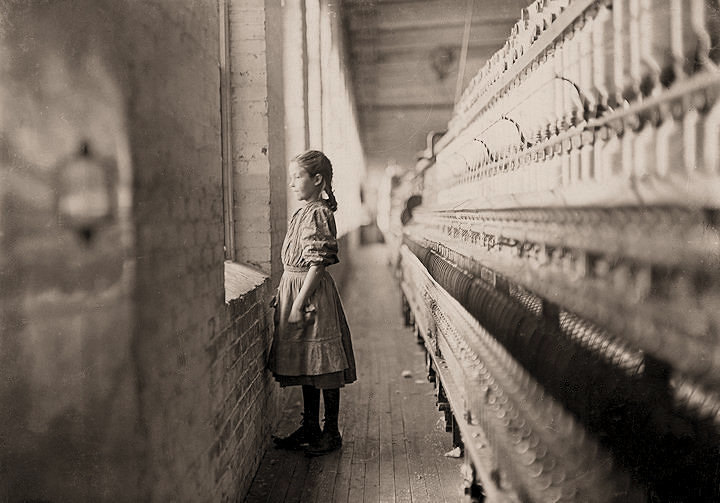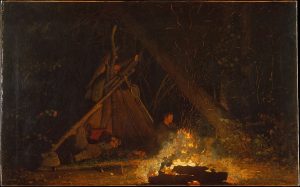A turning point of American attitudes is reflected in the Conservationism movement between 1890-1920. Conservationism was a movement in the US which paralleled the Progressive agenda. The overarching schema was to reform societal issues created by urbanization, industry and population growth. Some of the issues addressed were labor laws – especially the regulation of child labor– public health initiatives, and suffrage.


Inspired by the photographs of the wild west frontier, the back to nature/ conservationists moved to preserve and protect by law natural resources and wilderness for future Americans. In the purview of conservationists, urbanization was responsible for a society that was counter to what America should be. As the nation shifted to an industrialized culture, more leisure time for workers was realized. An outlet to the great outdoors or returning to nature, gave city dwellers a reprieve from urbanization. Camping became an especially popular recreational activity.